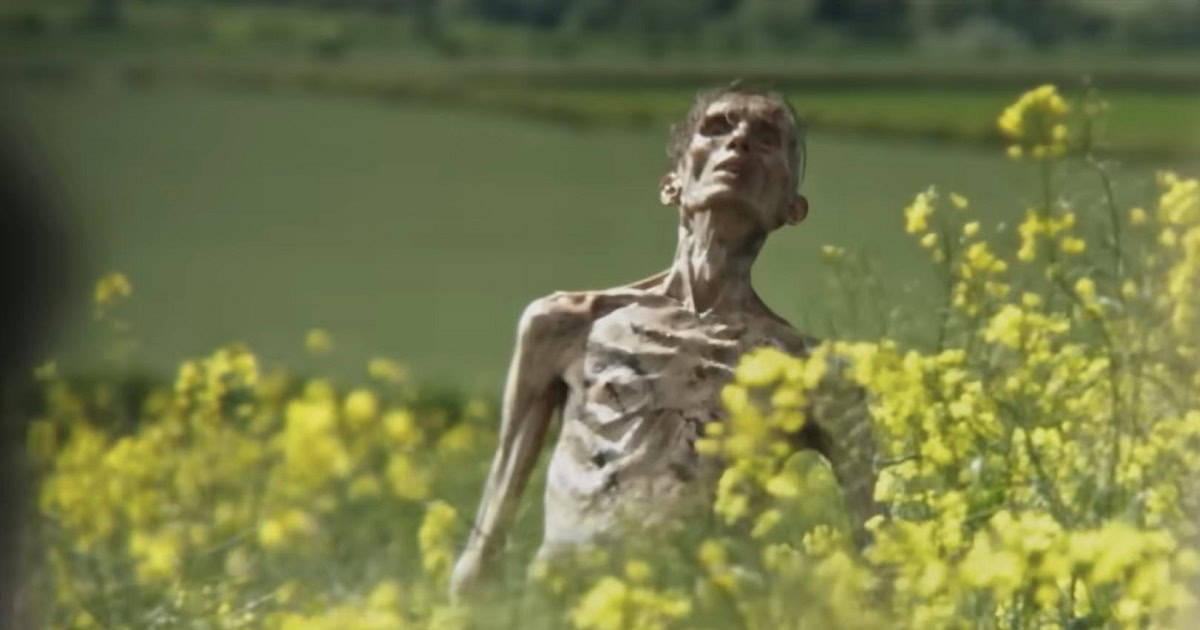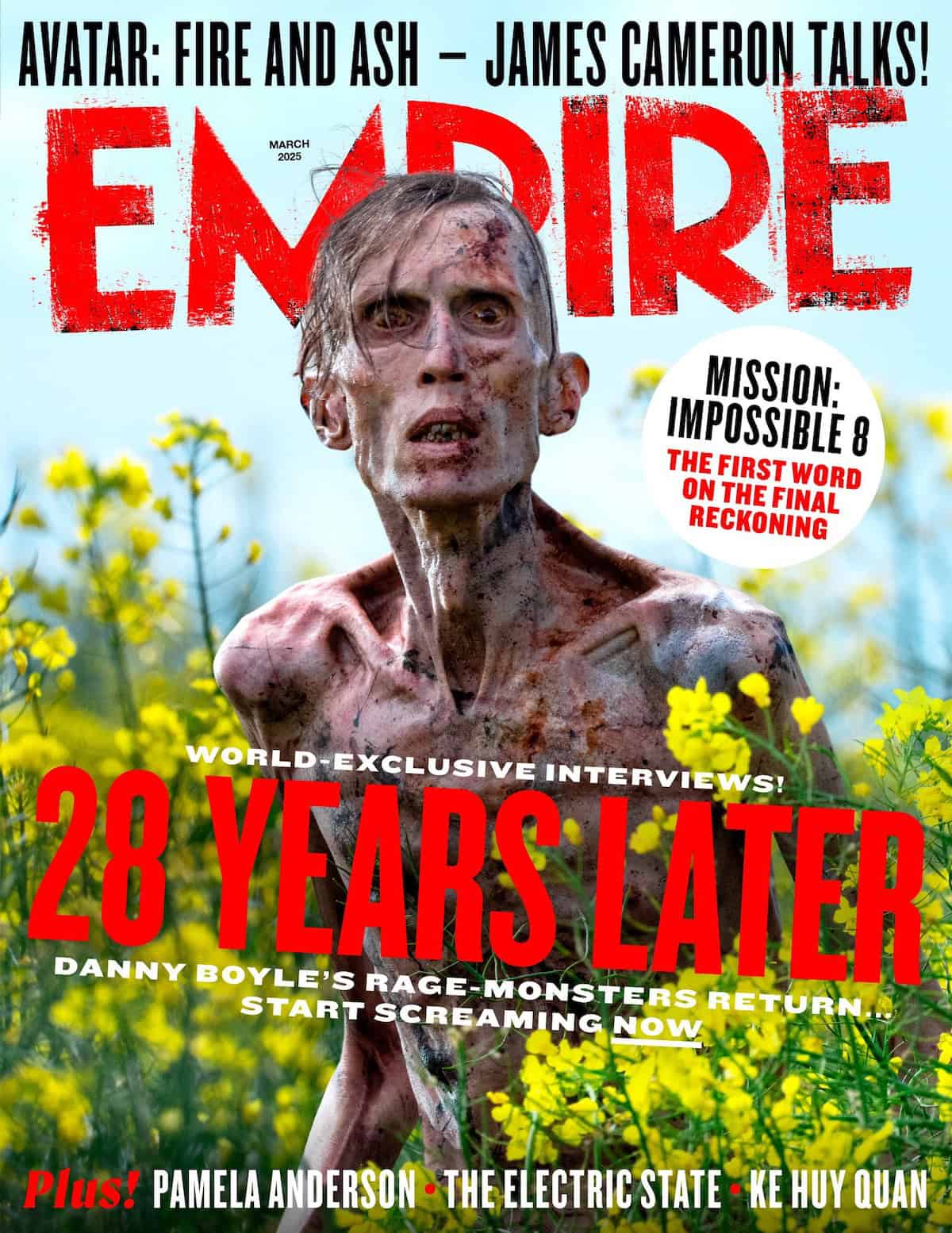In the weird and wacky world of movie fandom, nothing gets people riled up quite like a fleeting glimpse of a zombie that might—or might not—be Cillian Murphy. Seriously, who knew a couple of frames could ignite such a storm of speculation? Well, the chatter has reached a fever pitch with the impending release of “28 Years Later,” a sequel to the cult classic “28 Days Later.” As director Danny Boyle and screenwriter Alex Garland reunite to plunge us back into a post-apocalyptic nightmare, a newly released cover for Empire Magazine offers a fresh look at the film, reigniting debates about whether that emaciated creature in the trailer is our beloved star or just an impostor craving brains. With so much buzz building around this film, it’s hard not to wonder—will Murphy’s return be as shocking as his potential zombie debut? Prepare yourselves, fans; the flesh-eating drama is just about to begin! For those eager to dive deeper into this thrilling saga, click on this link: LEARN MORE.
A debate raged online as to whether a quick shot of a zombie was Cillian Murphy, now the movie has released a new picture for Empire’s cover.

28 Days Later director Danny Boyle and screenwriter Alex Garland have finally reunited to make a sequel to their zombie movie classic. As we reported earlier last year, this sequel, which is set up at Sony, is going to be called 28 Years Later – and it’s meant to launch a whole trilogy of 28 Days Later sequels. The theatrical release date is June 20… and it has been said that 28 Days Later star Cillian Murphy returns for this film “in a surprising way.”
As the trailer dropped, there was a quick shot of an emaciated zombie that caused many viewers to double-take. Commenters online wondered if Cillian Murphy would have some sort of surprising appearance as an infected person. A debate began online on whether that infected person in that quick clip was actually Murphy. Empire Magazine has now revealed a new look at 28 Years Later with their cover featuring a good look at the field zombie. Empire posted on their social media, “The rage has only just begun. Danny Boyle is back with #28YearsLater – unleashing a new era of the flesh-eating saga. Empire enters the apocalypse with Boyle, Alex Garland, Aaron Taylor-Johnson, Jodie Comer and more. On sale Thurs 16 January.”

The cast of 28 Years Later also includes Jodie Comer (The Bikeriders), Aaron Taylor-Johnson (The Fall Guy), Ralph Fiennes (Conclave), and Erin Kellyman (The Falcon and the Winter Soldier). In the original film, Murphy played bicycle courier Jim, who wakes up from a coma to find himself in an apocalyptic England that’s overrun by people who have been infected by a rage virus.
Garland also wrote the screenplay for the sequel that will come after 28 Years Later. Of the two 28 Years Later projects currently in the works, Boyle only planned to direct the first one. For the second film, he has passed the helm over to Candyman and The Marvels director Nia DaCosta – and that sequel, titled 28 Years Later Part II: The Bone Temple, has already wrapped production.
When 28 Years Later came up during an interview with IndieWire, Fiennes decided to go ahead and tell us all about it: “Britain is 28 years into this terrible plague of infected people who are violent, rabid humans with a few pockets of uninfected communities. And it centers on a young boy who wants to find a doctor to help his dying mother. He leads his mother through this beautiful northern English terrain. But of course, around them hiding in forests and hills and woods are the infected. But he finds a doctor who is a man we might think is going to be weird and odd, but actually is a force for good.“
Thanks to their deal with Sony, each of these new films will be receiving a theatrical release and will have budgets in the $60 million range. 28 Years Later has a budget of $75 million.
Boyle and Garland are producing 28 Years Later with Bernie Bellew, original producer Andrew Macdonald, and Peter Rice, who was the head of Fox Searchlight Pictures when that company backed 28 Days Later. Murphy is executive producing.
Auto Amazon Links: No products found.

This will close in 0 seconds
This will close in 0 seconds